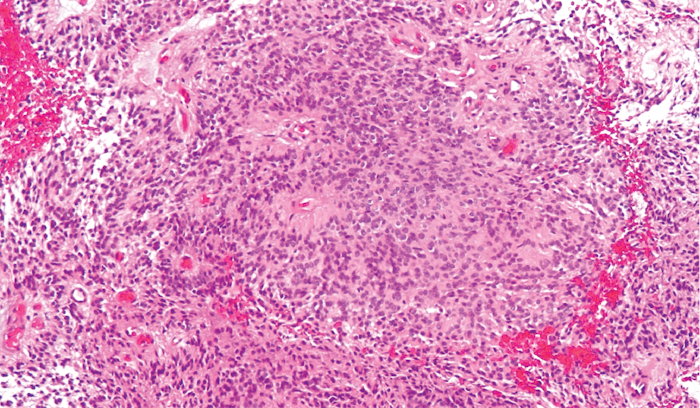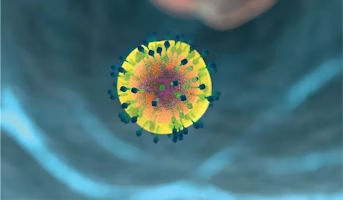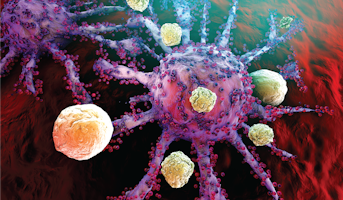Ependymoma
Ependymoma

Summary of
Ependymoma
Ependymomas arise from ependymal cells that line the ventricles and passageways in the brain and the center of the spinal cord. Ependymal cells produce cerebrospinal fluid (CSF). These tumors are classified as supratentorial or infratentorial. In children, most ependymomas are infratentorial tumors that arise in or around the fourth ventricle. The 2016 WHO classifcation indicated one genetically defined ependymoma subtype has been accepted: Ependymoma, RELA fusion–positive [33, 36]. This variant accounts for the majority of supratentorial tumors in children. (Louis DN, 2019)
Available CBTN Biospecimens
participants with flash-frozen tissue available
participants with match blood
participants with match parental specimens
participants with cerebral spinal fluid
Available CBTN Pre-clinical Models
genomically characterized cell lines with data available
genomically characterized pdx with data available
How do I get access to the specimens?
To request any of the biospecimens, or pre-clinical model please fill out this form.
Request take approx. 3 months and will require review by the scientific committee and MTA.
Need help? Contact us at research@cbtn.org
Explore the data in these informatics portals
How do I get access to the data?
To access the data please follow these instructions. Need help? Contact us at research@cbtn.org
You can access processed data today here by simply logging in to PedcBioPortal
You can request raw data by completing this form. The review normally takes 1 week. Once approved you can access the raw data by creating cohorts of interest on the Kids First Data Resource Portal and performing analysis on the cloud in Cavatica
featured
Scientific Projects

Data
Specimen
Ongoing
Molecular and Functional Characterization of Childhood Supratentorial Ependymoma
There are many established subtypes of pediatric ependymoma and they may require different modes of treatment. Using samples and data provided by the Children’s Brain Tumor Atlas, researchers seek to better understand these differences in an effort to direct personalized care.
Ependymoma

Vijay Ramaswamy

Specimen
Ongoing
Cell Ecosystem and Signaling Pathways of Primary and Metastatic Pediatric Posterior Fossa Ependymoma
Ependymomas constitute nearly one third of the central nervous system neoplasms among children aged < 3 years1. The disease remains a significant therapeutic challenge, with a 5-year overall survival rate < 55 % among this age group2 and no available chemotherapy of proven efficacy. The breadth of t
Ependymoma

Pablo G. Cámara

